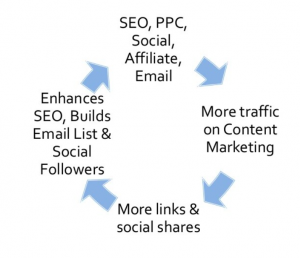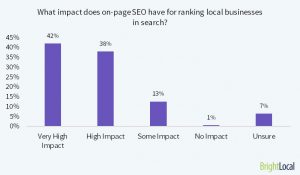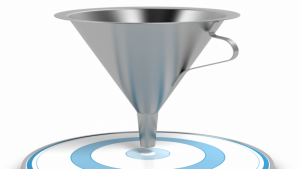By Frank Donny, Published November 6, 2014
So why do sales people spend twice the amount of time on forecasting than they should?
As a sales manager or a sales rep, one of your most important resources is time. For every minute you spend on non-selling activity, you are spending less time on selling and thus making less money. One of your biggest time drains every week is the development and reporting of the dreaded weekly sales forecast. Yet, according to a recent Aberdeen study, accurate sales forecasting provides the following benefits:
- A 12 month increase in organic revenue by 23%
- Decrease the sales cycle by 8.3%
- 9.3% increase in number of sales reps making quota
So why is something so important a time drain?
Nearly 80% of companies use spreadsheets to forecast sales. Reps extract data from their CRM system into a spreadsheet. They update the opportunity data in the spreadsheet and send it to their manager. Their manager also modifies that spreadsheet data, combines it into the team data, and submits it to management. Management modifies/updates data a third time. Sales reps are then expected to manually go back into the CRM and update the information – forcing them to do the work twice. All along the way, human errors are made that corrupt the forecast and make it nearly impossible to explain what and where they went wrong. Sound familiar?
Here’s what you can do to save sales reps and managers at least two hours a week (ie more selling time) in developing and reporting forecasts. Once completed, it will only take reps 5 minutes a week to build, update, and report a forecast.
- You have to get forecasting back into your CRM system. First, start with developing a forecast methodology and process and build that into your CRM. The methodology is how your sales people select forecastable opportunities. The process is what they need to do in your CRM system to add or remove deals from a forecast. There are many methodologies out there, but the best practice is not to use a percentage of stage, but to use a scenario methodology. The reason is that a sales rep does not close a percentage of a deal. They either close it or don’t close it; binary. Common scenarios include Worst Case, Likely/Probable, Best Case or Commit, Upside, Strong Upside.
- Have an automated forecast screen in your CRM where the system can list or even help to predict opportunities that should be in a forecast. Once that list is developed, the sales rep can simply chose the scenario that best fits the opportunity. This is your process – the steps the rep has to take to build the forecast; it varies by industry, vertical, and product. Upon completion of the work, the details in your CRM system should roll up to the manager in real time. No need to submit spreadsheets and manually roll them up. To over-ride the forecast, the manager should be able to simply access the reps forecast list and remove or add opportunities. These changes would then immediately update the manger’s forecast view/report. The manger’s forecast would then immediately roll up to the head of sales via a view or alert/notification/email.
- Train, monitor, and discipline/reward everyone. If it is not in CRM, then it did not happen. The methodology and process should be so simple that it only takes 10-15 minutes to train your team. The more complex you make the methodology and process, the harder it will be to train and the lower your adoption rate. Your system should also have the ability to monitor the process. The ability to show sales rep success rates in closing what they forecast, to track value changes from the beginning of the forecast to when a deal is close and trend the information going forward to predict future forecast and pipeline success. Great behaviors should be rewarded and poor behaviors should be disciplined.
If you are thinking that this sounds challenging or impossible to do, think again. There is technology out there today that contains the process and serves up the performance analytics. There are resources available to help you build, train and sustain your methodology. All you have to do is make the decision that you want to change and in this situation, change is good.
Business Articles | Business 2 Community
(272)









